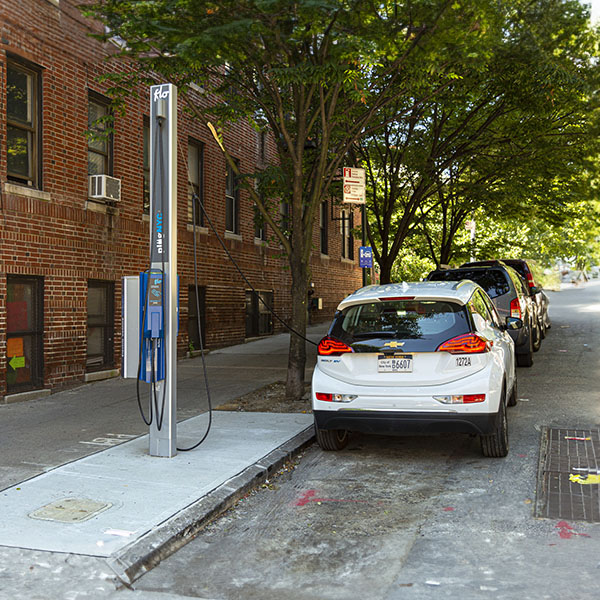As more clean energy comes online and extreme weather accelerates, states need to work together to unlock the reliability benefits of increased interregional transmission, said a panel of experts convened by the American Council on Renewable Energy to discuss NERC’s Summer Reliability Assessment.
The assessment found that while all regions have adequate supply to cover peak load under normal conditions, most regions face elevated risk of shortfall during extreme weather conditions. NERC said this elevated risk is due largely to retirements of fossil fuel generators and above-average projected summer temperatures across most of North America, consistent with long-term climate trends. (See NERC Warns of Summer Reliability Risks Across North America.)
“My review of the NERC summer assessment is there’s nothing particularly surprising,” said Commissioner Andrew French of the Kansas Corporation Commission. “I think it continues to highlight trends and concerns that we’ve seen crop up over the last several years. I definitely don’t view it as a specific indication that anything will happen, or anything won’t happen.”
French said the loss of dispatchable fossil fuel generators has reduced the state’s safety cushion of excess generating capacity, which is driving reliability risks. He said that in the short term, policymakers should focus on retaining resources that provide reliability benefits, while focusing in the long term on the reliability attributes of expanding demand response programs and interregional transmission.
To put a better value on the reliability benefits of transmission investments, French said planning processes should incorporate a calculation related to the value of lost load, along with potentially valuing “large-scale interregional transmission as a generating capacity resource.”
Simon Mahan, executive director of the Southern Renewable Energy Association, said the summer outlook looks manageable for the Southeast but cautioned against settling into a false sense of security. “There are extreme weather events that could come in and radically change your plans quickly. When that happens, it’s important that we have the regional and the interregional transmission capability available to us so that we can import power if we need it, or we can export power to our neighbors if they need it.”
Danielle Mills, principal of infrastructure policy development at CAISO, said California is in a better position than last year because of improved hydro conditions and the addition of 3,000 MW of battery storage in the state.
“We still do see some risk associated with those periods after 8 p.m. when the solar generation is declining if we have high loads and a lack of availability of imports” Mills said.
Mills said the state is “looking at opportunities to improve transmission planning across the West and look at interregional transmission planning projects, as well as projects that can provide power to California from out of state.”
Nicole Hughes, executive director of Renewable Northwest, said nothing in the report was too concerning, but instead “more of an indication of risk to come.”
Hughes agreed with the assessment that expanding the grid will be essential to mitigating reliability risks in the future. She said the inadequate transmission infrastructure has made it difficult to bring renewable energy generation online to meet the region’s clean energy goals.
With CAISO being the only ISO on the West Coast, Hughes touted the benefits of a potential Northwest RTO.
“Pretty much it’s across-the-board accepted in our region that we need … more of an RTO that can bring us all together and limit the number of balancing areas, and I think the Western Resource Adequacy Program is going to be a good test model for that,” Hughes said.
Led by the Western Power Pool and approved by FERC this year, the Western Resource Adequacy Program will coordinate resource adequacy efforts across 10 Western states and British Columbia. (See FERC Approves Western Resource Adequacy Program.)
Mahan also highlighted potential benefits of an RTO for the Southeast to limit the number of balancing areas and improve reliability. He noted that a Brattle Group report released this year for South Carolina found that the state would generate about $300 million in net benefits by integrating with PJM.
Warren Lasher, former senior director of system planning at ERCOT, said that growing electricity demand poses a significant challenge for Texas. He added that increasing frequency of extreme weather events can make it difficult to project reliability based on historical data.
Hughes said the impacts of climate change on both wildfire risks and the capability of hydroelectric resources in the Northwest will be difficult but essential factors to model in the future.
“We rely significantly on the hydropower system, and there’s a lot of questions about what that’s going to look like going forward,” Hughes said. “What is average seems to be changing, and that’s why diversity of resources across a larger grid is so important.”






